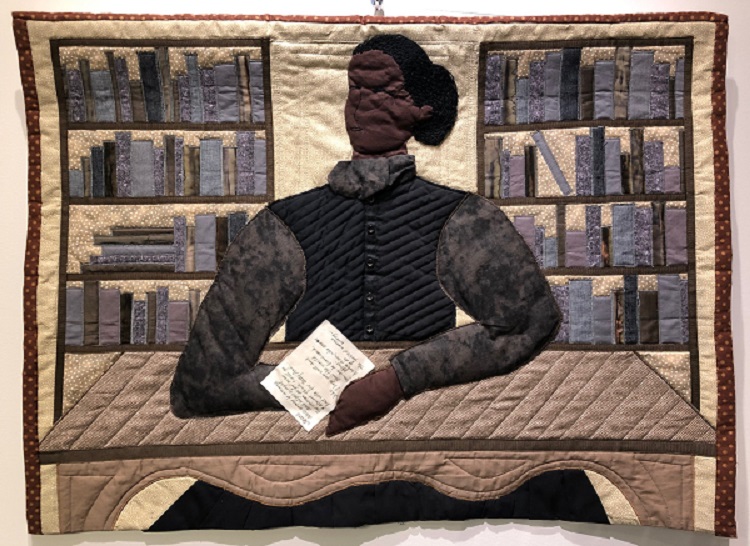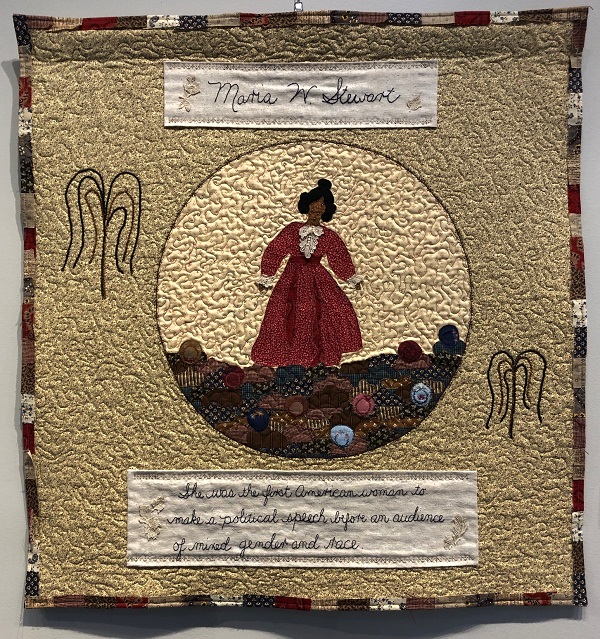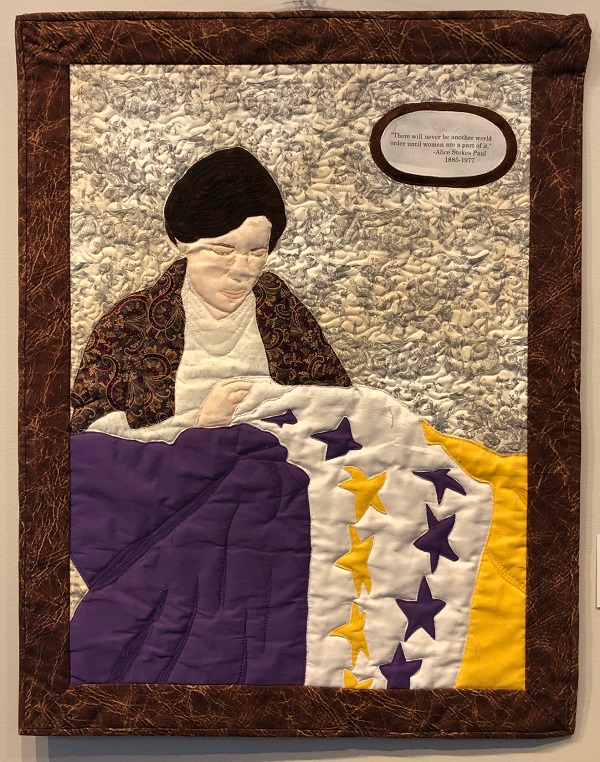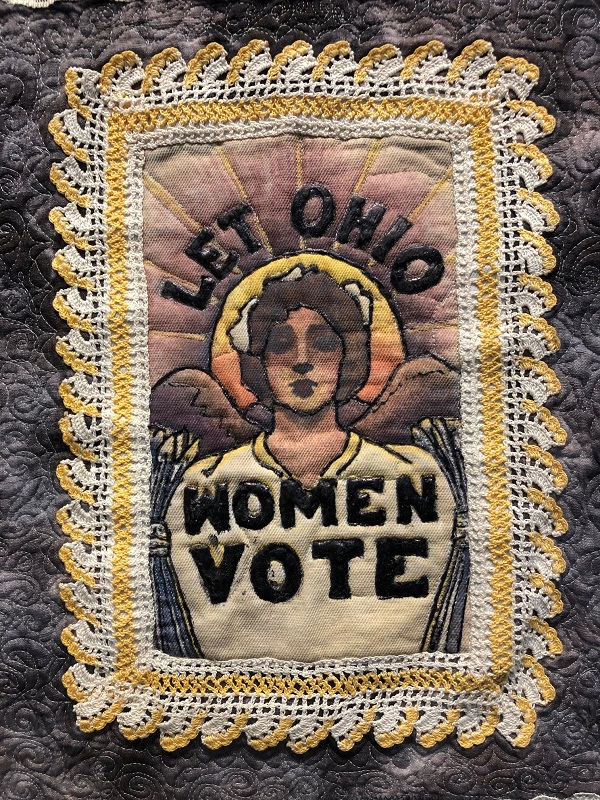University Libraries

Celebrating 100 Years of Women's Suffrage in the United States
By Ione Damasco
- Amendment XIX: The right of citizens of the United States to vote shall not be denied or abridged by the United States or by any state on account of sex. Congress shall have power to enforce this article by appropriate legislation.
The ratification of these words on Aug. 18, 1920, marked the beginning of women participating in the political and democratic process in the United States by granting them the right to vote, also known as suffrage. The call for women’s suffrage began decades before the passage of the 19th Amendment. A major milestone in this fight took place in 1848, when the first women’s rights convention took place in New York, known as the Seneca Falls Convention. At this convention, organized by Elizabeth Cady Stanton, along with Lucretia Mott, Martha Coffin Wright and others, the “Declaration of Sentiments” was drafted. This document, signed by both men and women, called for equality between the sexes and notably called for granting women the right to vote. However, it took many years of women organizing, fighting legal battle after legal battle and at times putting themselves in physical danger to put a proposed constitutional amendment before Congress.
The history of women’s suffrage that we are taught is often incomplete. Many men and women of color fought for the right to vote, and the movement was not without its own issues around racial and class divisions. Despite the amendment’s language granting all women the right to vote, in reality, many women were still left disenfranchised after its passage. A majority of Black women faced barriers to voting, since state-level legislation often created loopholes that denied them access to this right. Tactics to suppress Black voters, such as poll taxes, remained legal and in place until 1962, when the adoption of the 24th Amendment outlawed conditional voting. Other racial groups faced obstacles as well. Native Americans were granted U.S. citizenship in 1924 but faced state-level policies that barred them from voting; literacy tests, which were meant to test English-language literacy only, made it difficult for many Latina women to vote. The Voting Rights Act of 1965 finally prohibited racial discrimination in the voting process. Today, de facto voter disenfranchisement continues to take place in the United States through voter suppression tactics such as ID requirements, voter registration restrictions and the purging of voter rolls.
Every election matters and is an opportunity to help shape the future of this country. On this 100th anniversary of women’s suffrage, take the time to explore the many resources available through the University Libraries to reflect upon the long journey to get here. Check out this research guide as a starting point or take some time to explore the exhibit “Suffragists: And They Persisted!” in the Roesch Library first-floor gallery, featuring quilts created by the artists of the Miami Valley Art Quilt Network. But most importantly, if you can, exercise your right to vote this November. Many people paved the way for you to do so.
How to vote this November
If you’re voting in Montgomery County, visit the Board of Elections website. You must be registered to vote at least 30 days before an election. Make sure you are registered in Montgomery County by checking your status. You may request an absentee ballot. All voted absentee ballots must be returned by mail or hand-delivered to the Board of Elections office by 7:30 p.m. on Election Day. Check the website vote.org for other state and county information.
— Ione Damasco is a professor and director of information acquisition and organization in the University Libraries.



